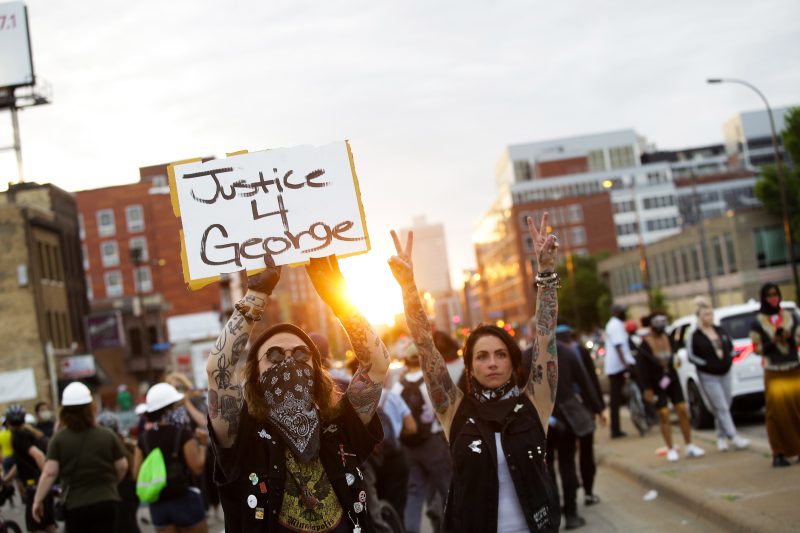In recent times, the handling of protests and civil unrest has come under increased scrutiny, with critics questioning the approach of government officials in maintaining order and addressing the underlying issues that have caused public outcry. One of the most controversial cases that has drawn fresh scrutiny is the response of Walz administration to the George Floyd protests, which erupted across the United States following the tragic death of George Floyd at the hands of police officers in Minneapolis. While Governor Tim Walz’s handling of the protests garnered both praise and criticism, several key aspects of the administration’s response have raised concerns among the public and raised questions about the effectiveness of their tactics.
One of the primary criticisms leveled against the Walz administration was the perceived heavy-handedness of law enforcement in dealing with protests. Reports of excessive use of force, including tear gas, rubber bullets, and physical violence against protesters, raised alarm among civil rights activists and advocacy groups. Critics argued that such tactics only served to escalate tensions and could potentially incite further violence rather than de-escalate the situation.
Moreover, the decision to deploy the National Guard to quell the protests sparked debate about the militarization of law enforcement and the implications for freedom of speech and assembly. Many saw the presence of armed forces in the streets as a show of force that only served to intimidate protesters and stifle dissent, rather than create an environment conducive to peaceful dialogue and reconciliation.
Furthermore, critics pointed to the lack of transparency and accountability in the administration’s response to the protests. Calls for an independent investigation into the actions of law enforcement officers, as well as the circumstances surrounding George Floyd’s death, were met with resistance and deflection by officials within the Walz administration. The perceived lack of willingness to engage with the demands of protesters and address systemic issues of police brutality and racial injustice only fueled public distrust and discontent.
In contrast, supporters of Governor Walz commended his efforts to maintain law and order during a tumultuous period and ensure the safety of both protesters and law enforcement officers. They argued that tough measures were necessary to prevent further violence and protect communities from chaos and destruction. Additionally, some praised Walz for acknowledging the underlying issues of systemic racism and police misconduct that fueled the protests, and for committing to take steps towards meaningful reform and accountability within law enforcement agencies.
In conclusion, the handling of the George Floyd protests by the Walz administration has reignited a national discussion about the role of government in responding to civil unrest and addressing deep-rooted social issues. While there are differing perspectives on the effectiveness and appropriateness of the administration’s response, the events that unfolded serve as a stark reminder of the complexities and challenges inherent in balancing public safety, free expression, and social justice. Moving forward, it is crucial for government officials to listen to the voices of the people, engage in open dialogue, and take concrete actions to address the grievances that have sparked protests and demand for change.

